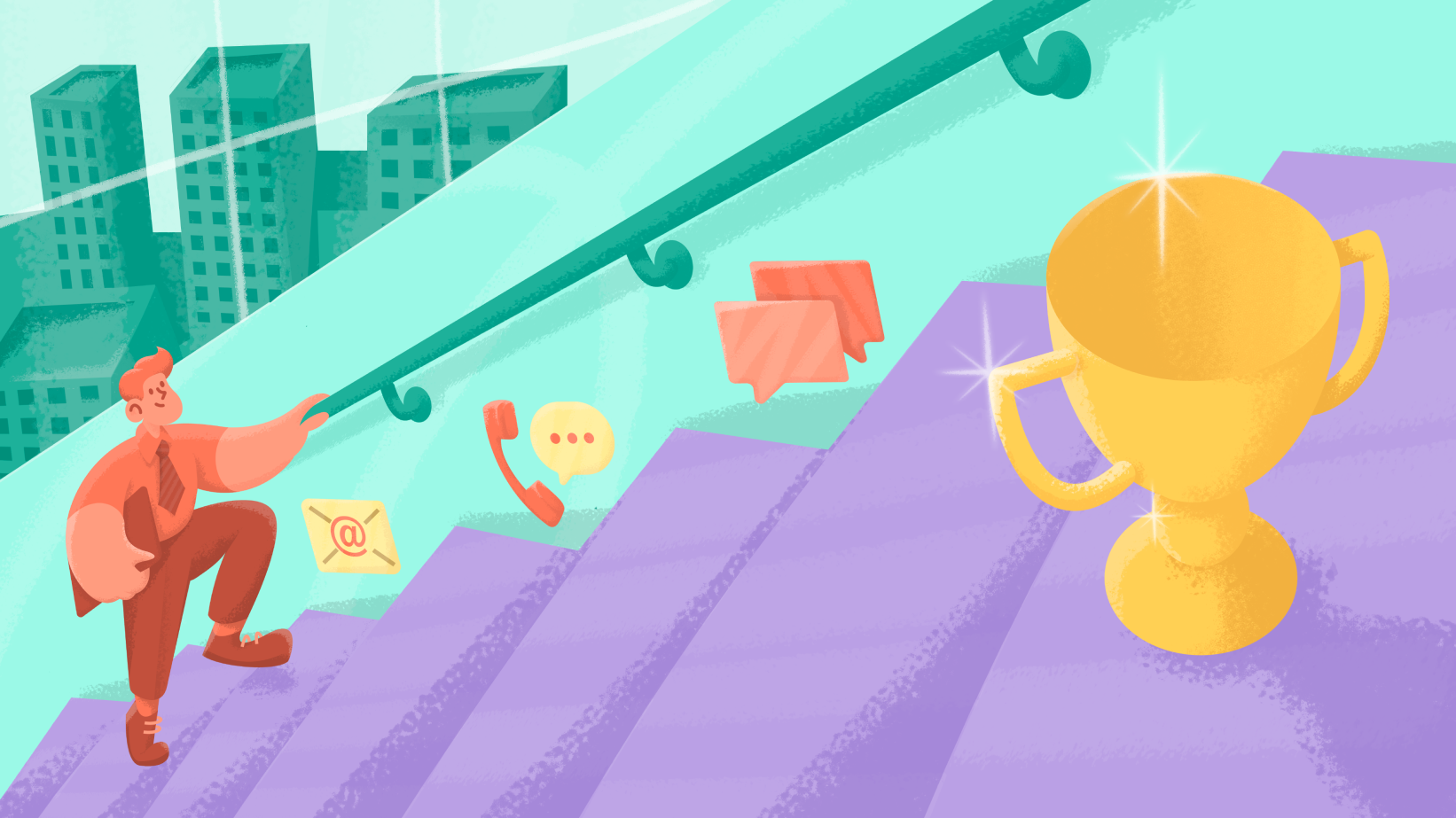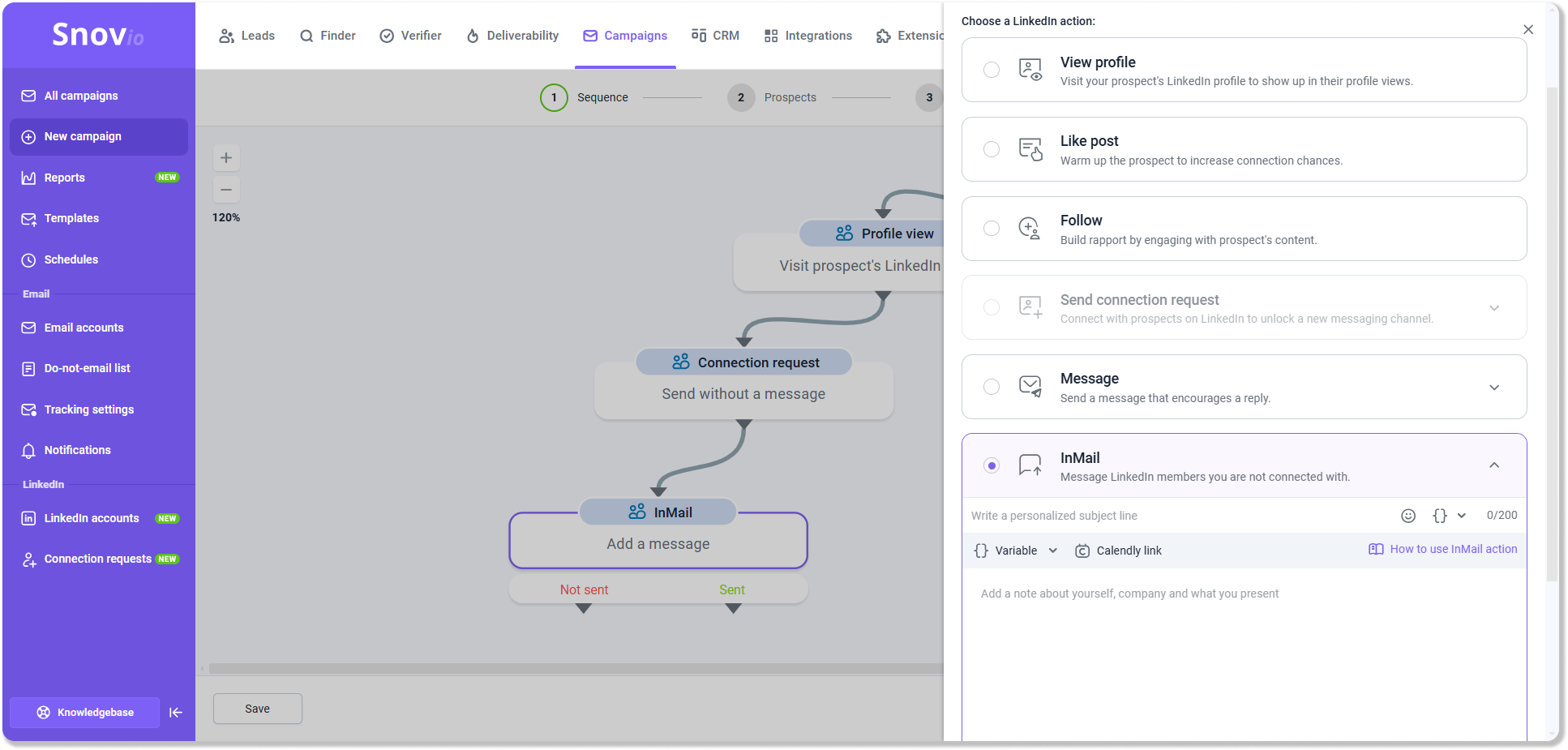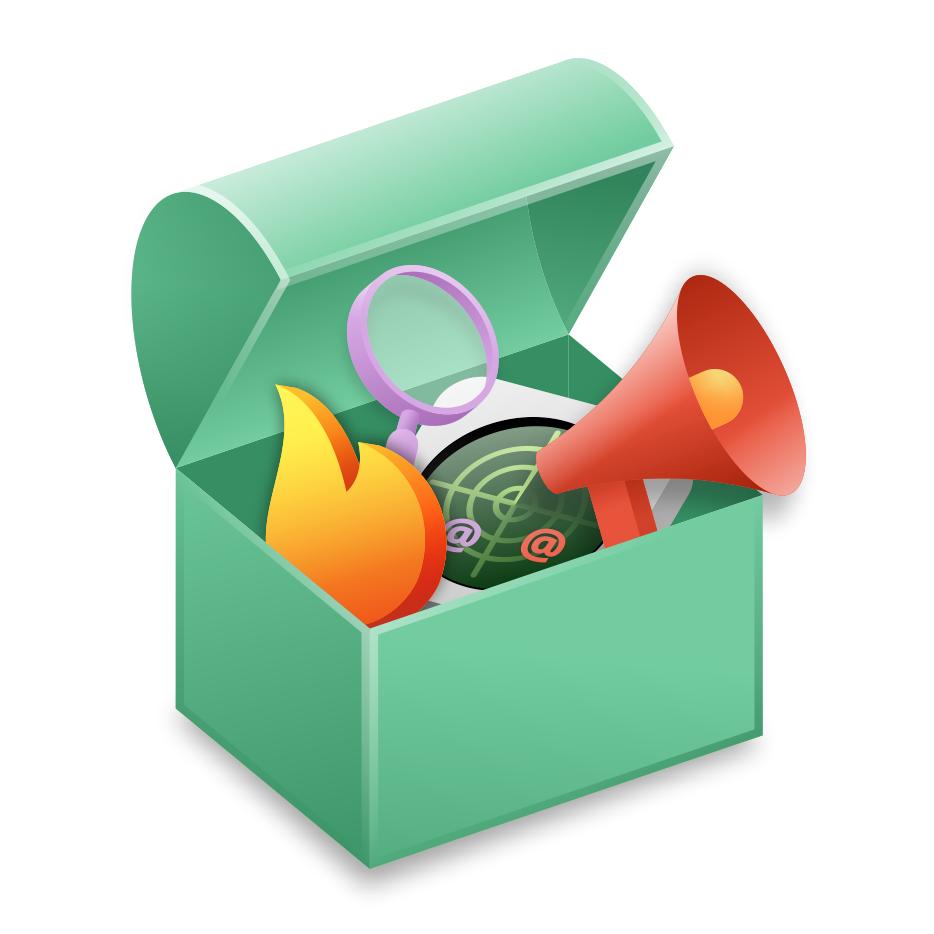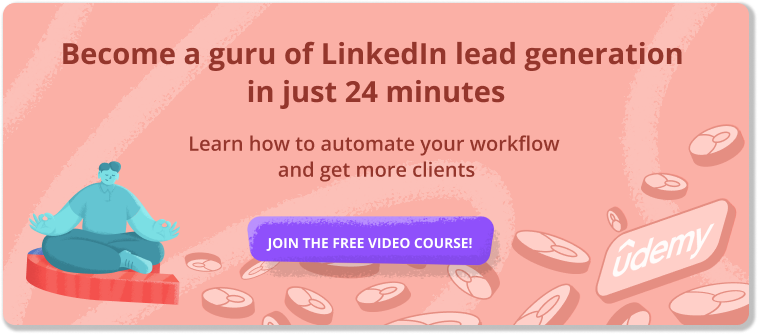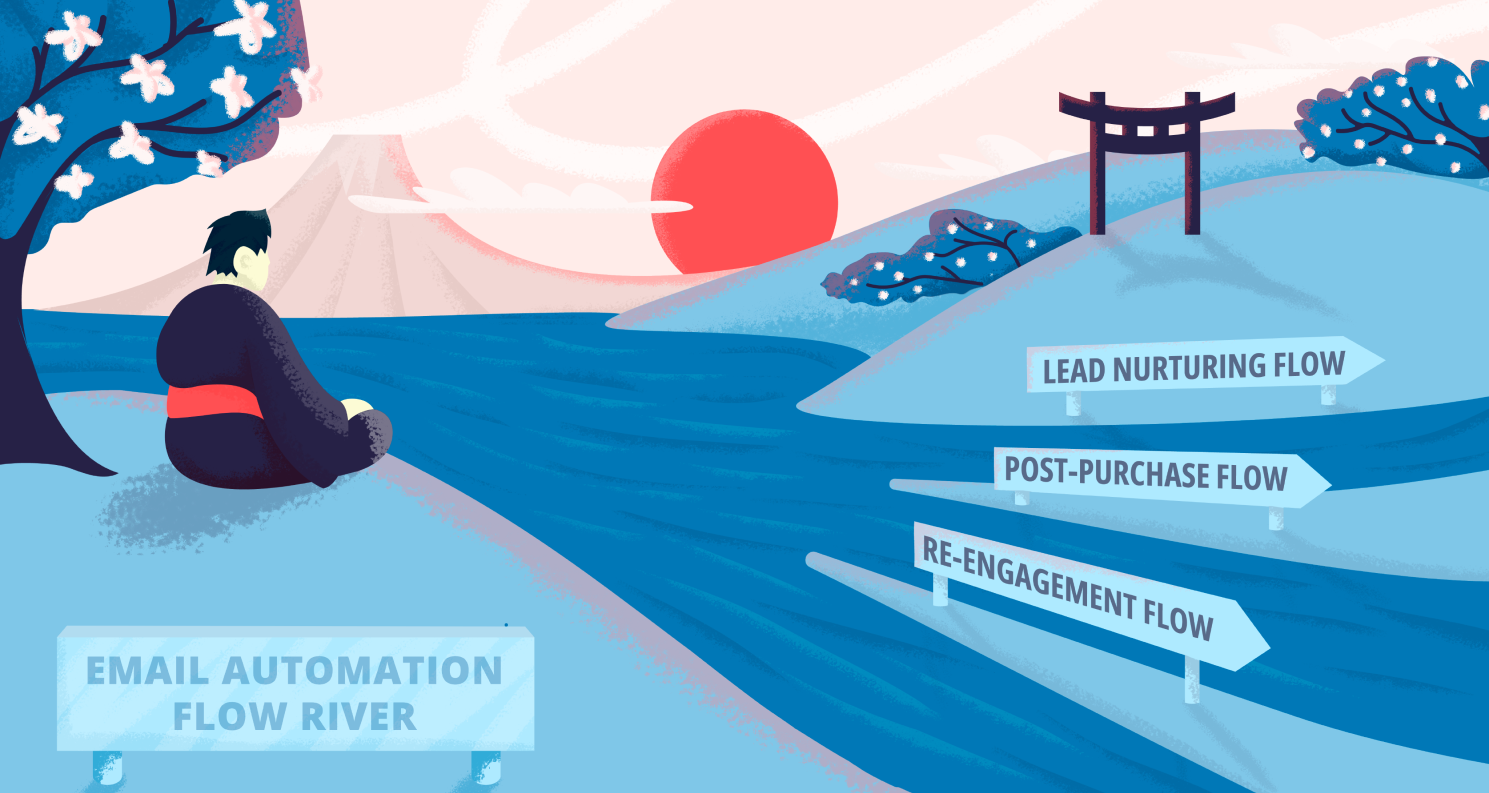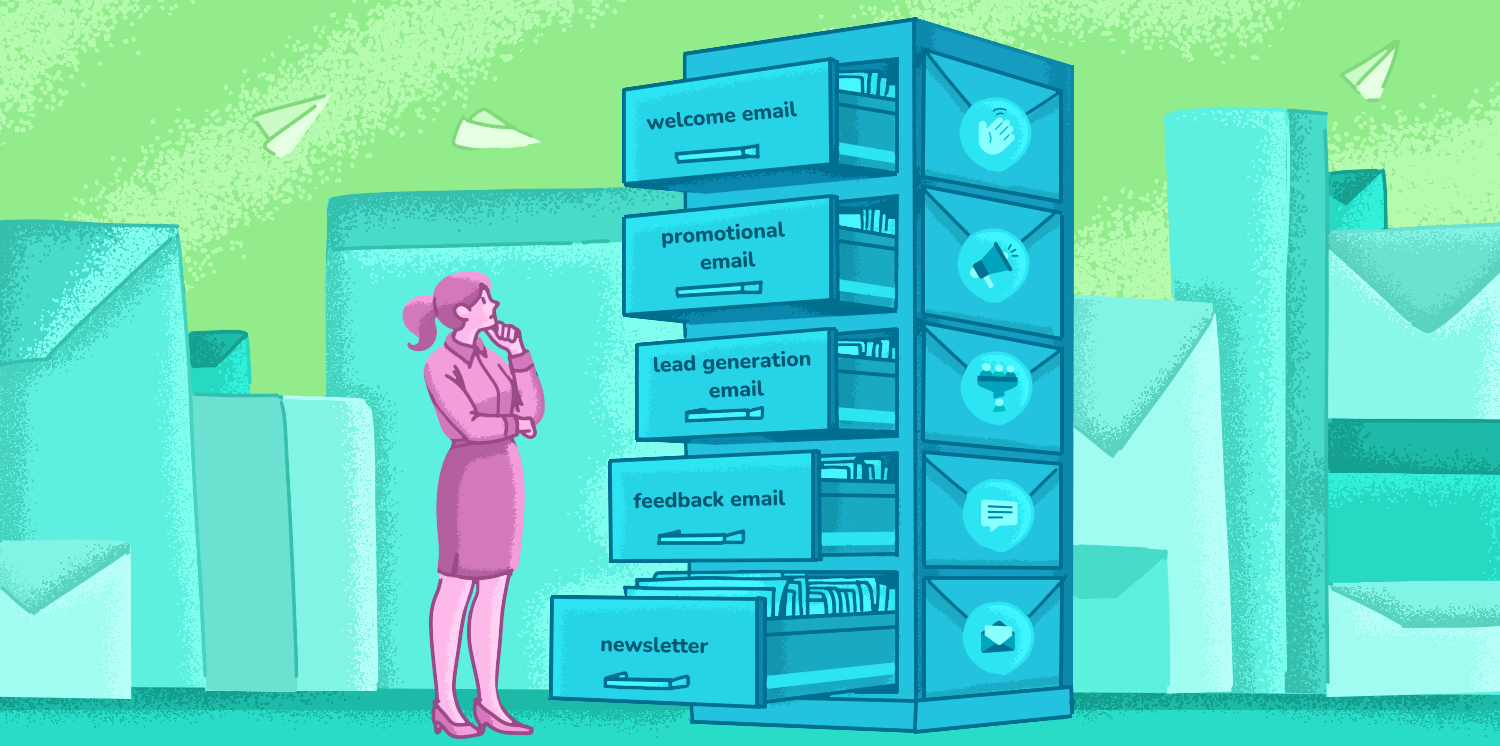Sometimes, sales specialists feel like they juggle many items simultaneously. Between calls, follow-up emails, LinkedIn messages, and all the other outreach activities keeping track of each prospect can be challenging, to say the least.
In this bustling routine, having a structured roadmap to stay organized and boost your chances of closing deals is precious. It means building and implementing a solid sales cadence that can make all the difference.
In this piece, we’ll explore how to build a sales cadence from scratch, share some real-life examples for inspiration, and provide expert tips on personalizing your approach to make every connection count.
Let’s dive in.
Outline:
What is a sales cadence?
A sales cadence is a well-structured sequence of sales activities and touchpoints a salesperson follows to contact a prospect over specific intervals. These touchpoints can include a variety of methods for reaching out to prospects, such as:
Emails: Sending introductory emails, follow-ups, or personalized messages.
Phone calls: Following up with prospects over the phone.
Social media interactions: Engaging with prospects on LinkedIn (and other social media platforms) – sending connection requests or direct messages.
Text messages: Sending brief, personalized messages.
Direct mail: Sending physical mail, like holiday cards or informational brochures.
In-person meetings: Arranging face-to-face meetings when appropriate.
Communication with prospects through these touchpoints separately can take too much of your resources.
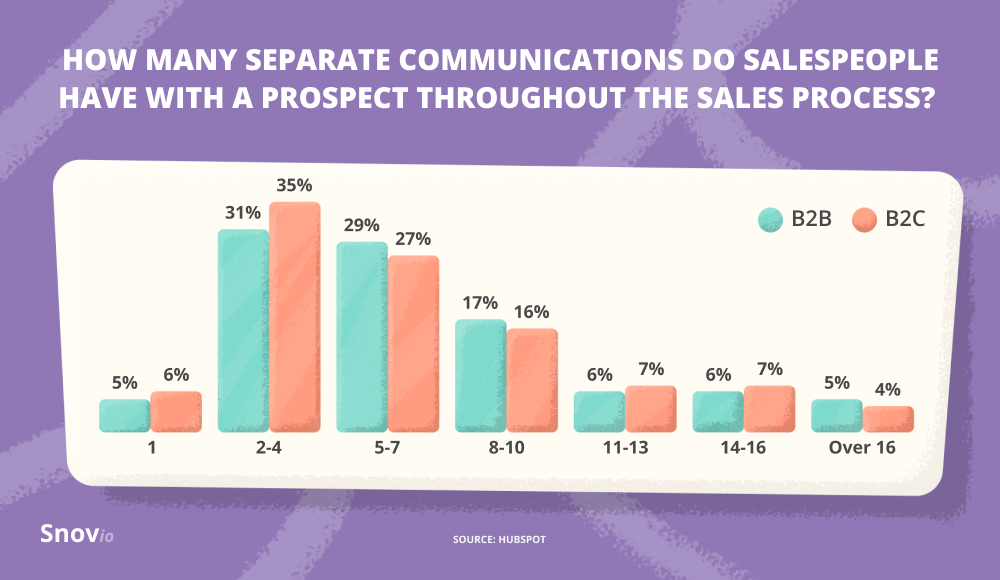
You can use your time more effectively if you build a structured sales cadence that can vary widely depending on your geographic location, industry, audience, and product or service. Importantly, sales cadences can be basically divided into inbound and outbound types.
Let’s see, for instance, what a basic B2B outbound sales cadence might look like:
Day 1. Send an introductory email about your company and its solution.
Day 3. Make a follow-up phone call.
Day 5. Send a LinkedIn connect request with a personalized message.
Day 8. Send a second follow-up email.
Day 10. Make a second follow-up phone call.
The whole process is clearly split into phases, and each phase normally includes detailed instructions on the format and approach. The latter range from plain text to personalized videos, while social media touchpoints involve commenting on a prospect’s posts or sending direct messages.
|
💡 Pro-tip! As you can see in our example, we recommend adding LinkedIn to your outreach. This will strengthen your lead generation strategy and engage more potential clients. So, by adding the Snov.io LinkedIn automation tool to your toolset, you will:
And all this while operating within the safety guidelines and keeping your data secure with a built-in proxy! |
The benefits of implementing a sales cadence
An intelligent sales engagement cadence provides a structured framework that can significantly enhance your efficiency, improve lead nurturing, and cultivate stronger customer relationships.
Better lead engagement
An effective sales cadence outlines consistent follow-ups and varied touchpoints to ensure prospects stay engaged throughout the sales process. Utilizing various channels, such as email, LinkedIn, call, and chatbot, within a sales cadence allows you to meet prospects where they are most active.
To make the process easier, we strongly advise you to choose sales automation software that helps you create engagement workflows across multiple channels.
Proof: According to McKinsey, B2B buyers sometimes use more than ten channels, including online, as part of any purchase, double the number of channels five years ago.
Snov.io users claim that incorporating personalized automated LinkedIn actions into their email campaigns has helped them generate more quality leads while maintaining the authenticity of their services.

How To Automate Sales Process: Your Ultimate Guide From Snov.io
November 21 2025

Best Sales Automation Tools In 2026
December 23 2025
Better personalization
With a structured sales cadence, messages can be tailored to fit each prospect’s specific needs and behaviors, increasing the relevance of each interaction. It also ensures that every prospect receives consistent attention, reducing the risk of leads falling through the cracks.
Proof: Our research shows that personalized emails deliver 6x higher transaction rates.
Easy tracking and analytics
Implementing sales cadences provides valuable insights into which strategies are working and which aren’t, allowing for data-driven decisions on where to engage, what to message, etc. By leveraging these analytics, teams can fine-tune their sales process, ensuring they are highly effective in engaging prospects and driving conversions.
Proof: According to LinkedIn, 89% of top-performing B2B sales professionals consider analytics crucial for understanding customer needs and preferences. Metrics provide a clear view of the effectiveness of various approaches, allowing teams to refine their strategies for better results.
Boosted sales team performance
Having a clear, structured approach reduces stress and uncertainty, leading to better performance within the sales department and a better alignment of the sales and marketing teams within a company. Furthermore, a documented sales cadence can be easily scaled and replicated, making it simpler to train new team members.
Proof: According to HubSpot, 30% of sales pros want better alignment between teams within their company. The majority say that having a defined sales process helps them feel more confident in their roles. A structured sales cadence can also reduce the onboarding time for new sales reps by a third.
So, as you see, implementing a sales cadence has numerous advantages that can positively impact your bottom line. Integrating a well-defined cadence into your sales strategy ensures more consistent and effective outreach, ultimately leading to more closed deals.
How to build a strong sales cadence
Creating a well-performing sales cadence involves several key steps, and automating the process can significantly enhance your efficiency.
If you need help with building up your sales cadence, no worries! We have prepared a step-by-step guide to building and automating your sales cadence using Snov.io.
Step 1. Define your goals
Begin by setting clear, measurable goals for your sales cadence. Are you aiming to increase engagement rates, boost conversions, or shorten the sales cycle? Having specific objectives will guide the structure and content of your cadence.
Step 2. Know your audience
Understand who your prospects are, their pain points, and their preferred communication channels. Key factors to segment your audience include:
- Sales geography
- Demographics
- Psychographics
- Behavioral data

Take your time to group your prospects based on these factors to tailor your messaging and approach for maximum impact.
Step 3. Map out your touchpoints
Determine the sequence and timing of your touchpoints. A typical sales cadence might include emails, phone calls, LinkedIn messages, in-person meetings, etc.
Today’s B2B buyer spends 45% of their time on independent research online. This means that sales teams should use as many touchpoints as possible to convince buyers to purchase their product or service. It takes six to eight or even more touchpoints in a sales cadence before a lead is ready to buy. So, it’s crucial to identify them correctly.
If you have a clear vision of your ideal buyer persona, it will not take much of your effort to do it and build a well-structured sales cadence that funnels prospects through the various marketing stages.
Step 4. Create compelling content
Use relevant data and insights to make your communication as relevant and targeted as possible. Try to use a personalized approach for each touchpoint, especially email.
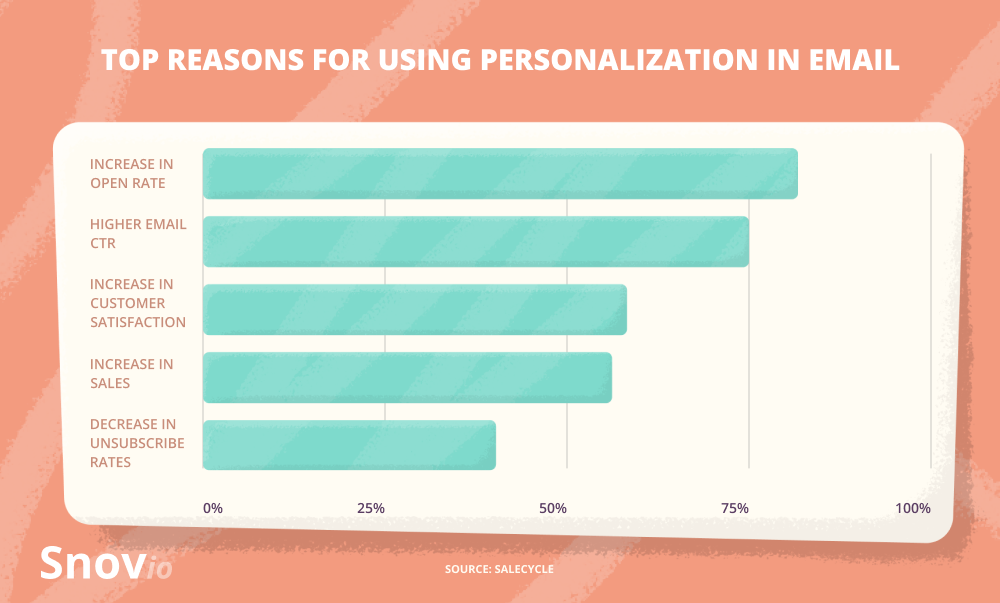
Step 5. Automate your sales cadence with Snov.io
Automating your own sales cadence can save time and ensure consistency in your outreach efforts. There’s no shortage of sales automation platforms these days, but research thoroughly and choose the one with a high reputation. For example, Snov.io has been a G2 leader in email marketing for many years. This sales engagement and lead generation platform offers a suite of tools to automate various aspects of your sales process, such as:
- Email sequences to schedule and send automated messages at predefined intervals. The good news is that you can add a personal touch to each copy using dynamic fields to address the prospect by name, mention their company, and tailor the message to their specific needs.
- LinkedIn Automation Tool to automate connection requests, messages, and follow-ups in combination with email. This solution is perfect for maintaining a presence on multiple channels without manually tracking each interaction.
- Email Warm-up will save your sender reputation and ensure better inbox placement and open rate growth.
Each feature contains a solution to a specific sales challenge that can make your workflow much easier!
Step 6. Test and optimize
Snov.io’s analytics tools are excellent for monitoring your sales cadence performance. You can track open rates, response rates, and other key metrics to identify which parts of your cadence are most effective and where improvements can be made.
Review your sales cadence’s performance regularly and make necessary adjustments. A/B testing can show you what works best for your audience (this service is also available on the Snov.io platform). Continually refine your approach.
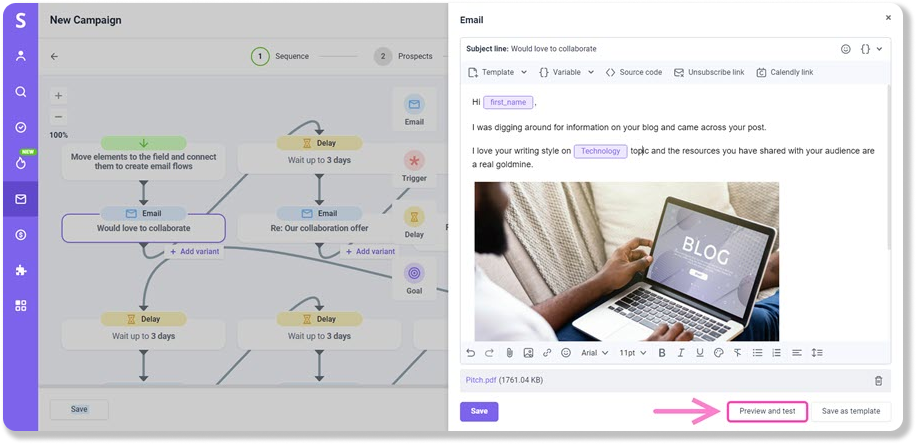
When you give your team a sales cadence to follow, your sales reps can spend more time talking to warm leads rather than chasing cold prospects and will not let opportunities slip. Let’s take a look at some successful examples.
Top sales cadence examples
Snov.io users have successfully implemented some of the most effective sales cadences, achieving impressive results by leveraging Snov.io’s sales automation tools. Combining email and LinkedIn touchpoints and automating follow-ups, they created multichannel outreach campaigns that significantly improved engagement and conversion rates.
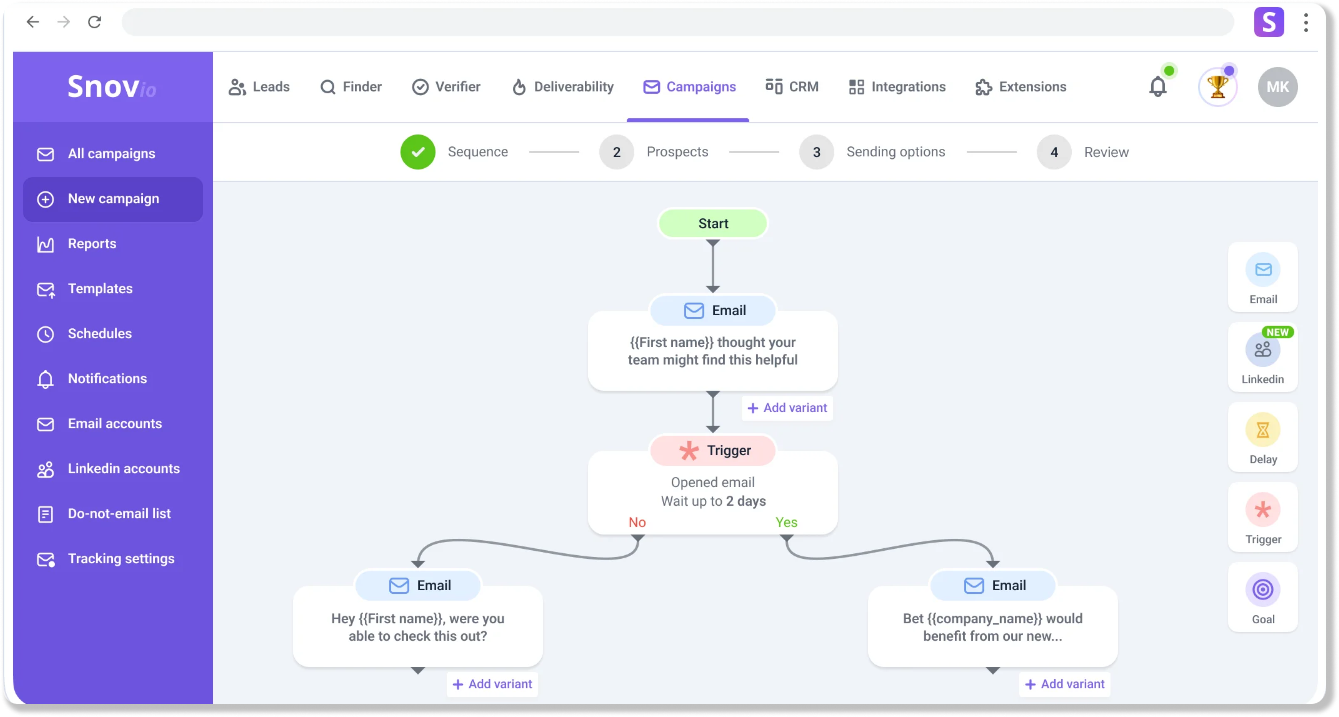
Here are three examples of their excellently built and high-performing sales cadences:
The multi-channel sales cadence
A B2B SaaS company crafted a multi-channel sales cadence using Snov.io tools that have proven highly effective:
Day 1: Send an introductory email about the company and its solution.
Day 3: Follow up with a phone call to clarify the prospect’s needs.
Day 5: Send a LinkedIn connection request with a personalized message.
Day 7: Share valuable content via email, such as a case study or white paper.
Day 9: Send a direct LinkedIn message reinforcing the previous content.
Day 12: Email a special offer or an invitation to a webinar.
Day 14: Make a final follow-up call.
Day 16: Send an email thanking the prospect for their time and opening the door to future contact.
Results: This cadence helped the company increase its engagement with prospects and boost its conversion rate.
Contacting an executive-level prospect
Day 1: Introductory email personalized with the prospect’s designation and organization.
Day 2: Short sales pitch highlighting your product and how it can help their business.
Day 5: Set trigger: If the first email was opened, send the first follow-up email to determine whether the prospect is interested. Keep it short and to the point. Add a LinkedIn profile view if the first email was not opened.
Day 6: Send a personalized LinkedIn connection request with a short message introducing yourself, explaining your product, and how it can help their business.
Day 7: Second follow-up, including customer case studies, testimonials, and other social proof to nudge them into your sales funnel.
Day 10: The third follow-up offers a demo, offers a free trial and consultation, and possibly offers a discount.
Day 12: Personalized LinkedIn message (if the connection request was accepted) re-stating an offer from your last email.
Results: This outbound sales cadence led to a substantial increase in meeting bookings.
The high-touch sales cadence
A consulting firm using Snov.io services developed a high-touch sales cadence that prioritized frequent interactions:
Day 1: Send an introductory email explaining how their consulting services can solve specific pain points.
Day 2: Follow up with a phone call to introduce themselves and set up a meeting.
Day 4: Send a LinkedIn connection request with a personalized message about a recent industry trend.
Day 6: Share an insightful blog post about the prospect’s business challenges via email.
Day 8: Follow up with another phone call to discuss the blog post and their needs.
Day 10: Send an email with a customer testimonial or success story.
Day 12: Send a LinkedIn message inviting the prospect to a free consultation.
Day 14: Follow up with a voice message to confirm the consultation.
Day 16: Send a reminder email for the consultation session.
Day 17: Conduct the consultation session. Then, send a thank-you email summarizing the consultation and the next steps.
Results: This high-touch approach helped the firm achieve a higher meeting booking rate and a dramatic increase in closed deals.
These examples show how tailored sales cadences can help engage prospects and drive conversions by incorporating multiple touchpoints and personalizing each interaction. Remarkable results!
Best practices for a robust sales cadence
To master the art of sales cadence, you need to take a step back and see the bigger picture—a helicopter view of the entire process, not just about following a sequence of steps. Try to understand how each action fits into the broader strategy of guiding your potential customers toward a sale. When you see the whole journey from above, every move you make becomes deliberate, timely, and tailored to the needs of each prospect.
With this bird’s-eye view in mind, here are some specific tips and best practices to help you build a sales cadence that converts.
1. Tailor sales cadences for different segments
Each prospect is unique, so your sales cadence should be, too. Customize your cadences based on the segment you’re targeting—by industry, job role, company size, etc. Each step should connect with the right prospect at the right time with the right content. Outline each step clearly so that your team can follow it consistently.
2. Add value at every touchpoint
Every interaction should provide value to the prospect. Whether sharing a relevant article, offering insights, or simply asking thoughtful questions, make sure each touchpoint feels purposeful. Most customers believe that businesses can build trust with high-quality products or services. So, don’t shy away from discussing your product, but ensure it’s framed in a way that benefits the prospect.
3. Choose communication channels wisely
While using every communication channel available might be tempting, focusing on a few relevant ones can lead to better results. Choose the channels that do not contradict your prospects’ preferences and are most likely to stimulate genuine engagement. Limiting channels also helps you be more creative and targeted, making your outreach feel more natural and less intrusive.

Best Sales Email Templates For Your Next Great Deal
November 7 2025
4. Find the right frequency and timing
The correct number of touchpoints and the timing between them can make or break your sales cadence. Consider your prospect’s schedule and preferences—will they respond more to early morning emails or late afternoon calls? The rhythm of your cadence should feel natural, not forced, and should be adjusted based on the prospect’s responsiveness.
5. Set a clear timeline
Your sales cadence should have a set duration from start to finish. Whether it’s a two-week sprint or a month-long campaign, defining a clear timeline helps you measure effectiveness and make informed decisions about when to move on or adjust your strategy.
6. Prioritize your best leads
Not all prospects are created equal. Use lead scoring or other qualification methods to prioritize your sales outreach to the prospects most likely to convert. By focusing on high-quality leads, you will maximize the efficiency of your sales cadence.
Key takeaways
Sales cadence plays a crucial role in successful lead generation. Feel free to use our examples, adjust them to your unique needs, and analyze the results.
And if this guide has sparked your interest, check out our FREE Udemy course on LinkedIn lead generation. Don’t be shy; enroll now!
See ya!
